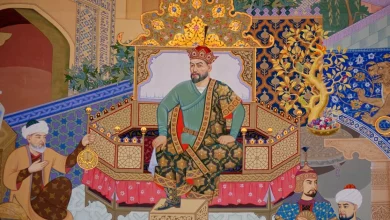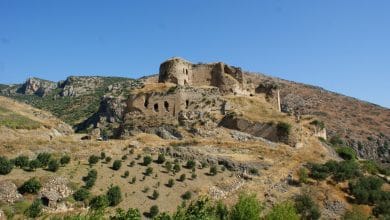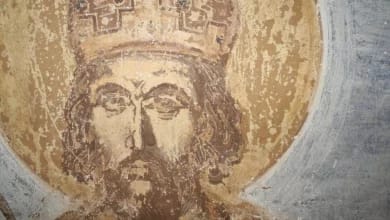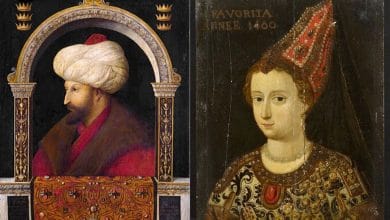3 new findings at Turkish ancient city shine light on Roman history
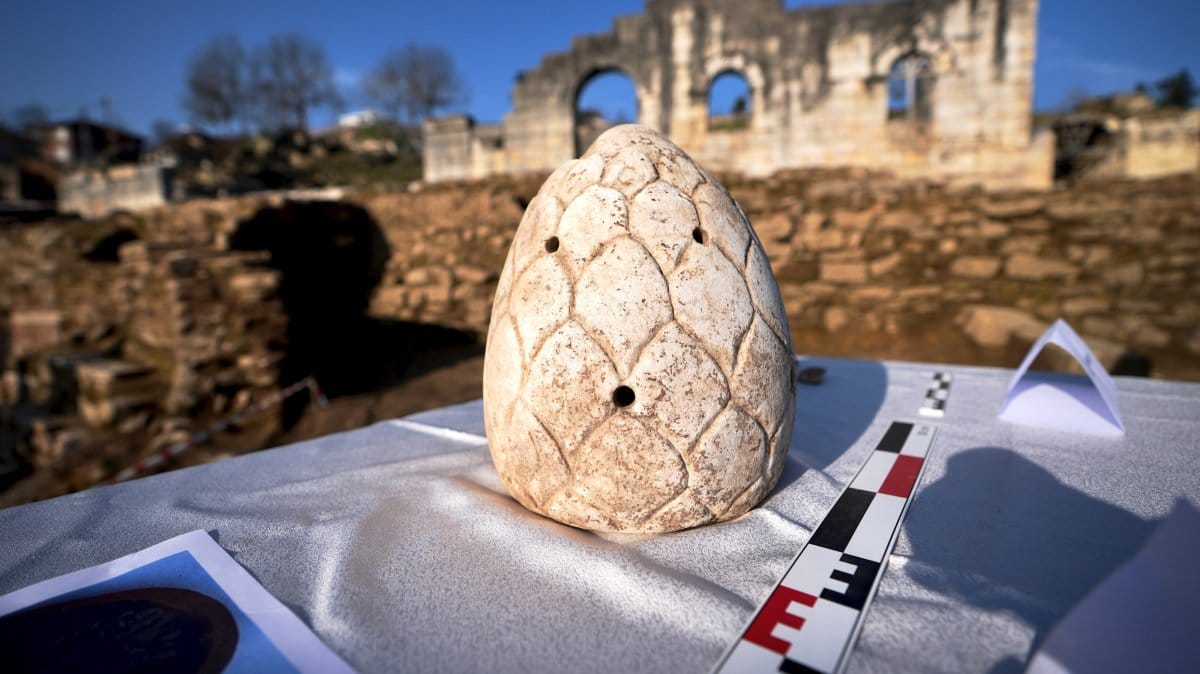
Excavations at the ancient city of Prusias Ad Hypium in the Konuralp region of Düzce in northwestern Türkiye have uncovered three Roman-era artifacts, continuing the long-term efforts to unearth the region’s historical treasures.
The excavations, which began five years ago, are authorized by the General Directorate of Cultural Heritage and Museums and supported by the Düzce Municipality. Led by the Konuralp Museum Directorate, the work has been ongoing uninterrupted for 12 months each year.
The site, dating back to the third century B.C., has been significantly impacted by past earthquakes and restorations. So far, discoveries at the ancient city include a Medusa head statue, a bust of Alexander the Great, a statue of Apollo, a lion mosaic, a portrait bust of M. Iulius Proklos – believed to have been the patron of the city’s ancient theater – and a Byzantine-era water storage reservoir.
Recently, archaeologists uncovered a Roman-era clay theater ticket, a figurine depicting Aphrodite, and a Thyrsus figure.
Düzce Mayor Faruk Özlü, speaking at the site, emphasized the importance of preserving the city’s 2,300-year history. “We have taken a major step in passing this city’s legacy to the future,” he said.
Özlü noted that around 80% of the theater area has now been exposed, revealing historical artifacts that are significant both locally and nationally. “We’ve found these priceless artifacts in pristine condition,” he added.
He also stated that the entire area is a strong candidate for designation as an archaeological site, revealing the existence of a Roman city beneath the settlement. “Experts have confirmed this, and we believe the excavations may uncover findings that could change the course of history,” Özlü said.
The mayor added that the ancient theater, once restored, will become a cultural and arts center with a capacity for 10,000 people. The ongoing excavations have already brought numerous cultural heritage items to light.


